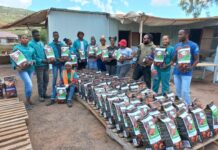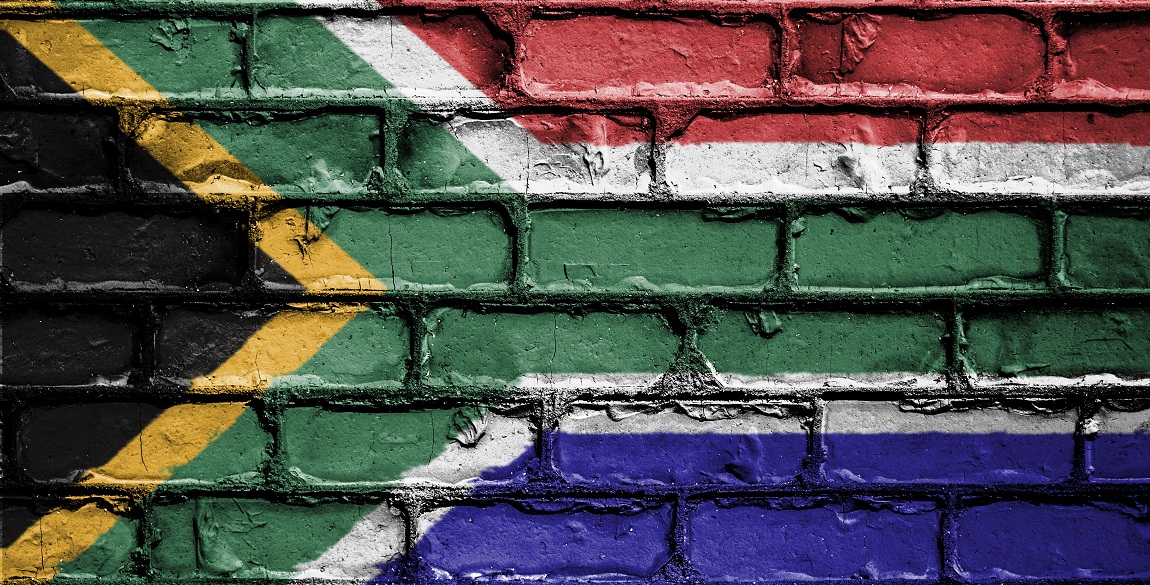If you are going to share Hector’s photo, you might as well know the facts about June 16.
We know June 16 mostly because of that iconic image of an injured Hector Pieterson being carried through the streets of Soweto. Most know the students who stood up to apartheid were opposing Afrikaans in their schools. Others still know that this event would become known as one of the turning points in the fight against apartheid. But to appreciate the impact of June 16 there are other details you probably want to know.
1. Afrikaans the occupier
The new law in 1975 decreed that Afrikaans would be the medium of instruction for all kids from standard five (grade 7) upwards. The Afrikaner government feared that English from television especially would empower black people and that they’d become too “self-assertive”. They decided they needed to keep the population in check.
Black kids were not just meant to learn Afrikaans. The new law meant that Afrikaans would be the medium of instruction. But forget about the students, the teachers didn’t know how to speak Afrikaans, let alone teach mathematics or history in the language, undermining the quality of education and creating further confusion in the classroom.
2. Rejecting their parents and their teachers
Though African teachers were unhappy, even outraged by the new law, they remained timid, as far as the students were concerned. Some teachers refused to teach in Afrikaans, others tried and failed. Parents also pushed their children to just continue at school for fear of their children being left behind but the students wanted a radical response. Student activism increased and small scale boycotts of classes started taking place in schools across Soweto.
“Our parents are prepared to suffer under the white man’s rule … they have been living under these laws and they have become immune to them. But we strongly refuse to swallow an education that is designed to make us slaves in the country of our birth” – student.
3. June 16th didn’t start or end on June 16.
Contrary to popular belief, thousands of children didn’t simply awake one morning and emerge in numbers to protest against Afrikaans. Meetings were held in secret, without the consent or the knowledge of many parents. The major meeting took place on June 13th and there was a special pact between students that their parents would not be informed. They felt their parents would stop the march on June 16th.
On June 16th, students met at different points in the township. Organisers thought it would be a peaceful demonstration. They were totally unprepared for the carnage that followed.
4. Too brutal for the “blackjacks”
When the police struggled to control the situation, the anti-urban terrorism unit was called in. They came with machine guns to face up to teenagers and closed off movement into Soweto. Unarmed black police officers were withdrawn and the army came in. Helicopters dropped tear gas onto the students. Police reportedly lost control of the situation once the night fell and the township fell into darkness. Skirmishes continued into the morning in some parts but the violence lasted three days before schools were officially shut.
5. ‘Don’t start the revolution without us’
Official figures reported 23 deaths in Soweto. But others say the number was most likely in the hundreds. In the days that followed, students across the county joined in, holding placards that screamed “Don’t start the revolution without us” and “Soweto is our blood”.
It spread to Natal (now KwaZulu-Natal) and to the Alexandra township. Official figures said 95 black people had died in Transvaal (now Gauteng) but again with the talk of secret burials, this number could well be over 500.
What is certain is that most people who died were under 23 years old and numerous other students simply disappeared. It didn’t help that the government refused to publish the names of the dead. The government too was ill-prepared to deal with organic nature of the protests.
Source: Bonner, b & Segal, l (1998) Soweto: A history









